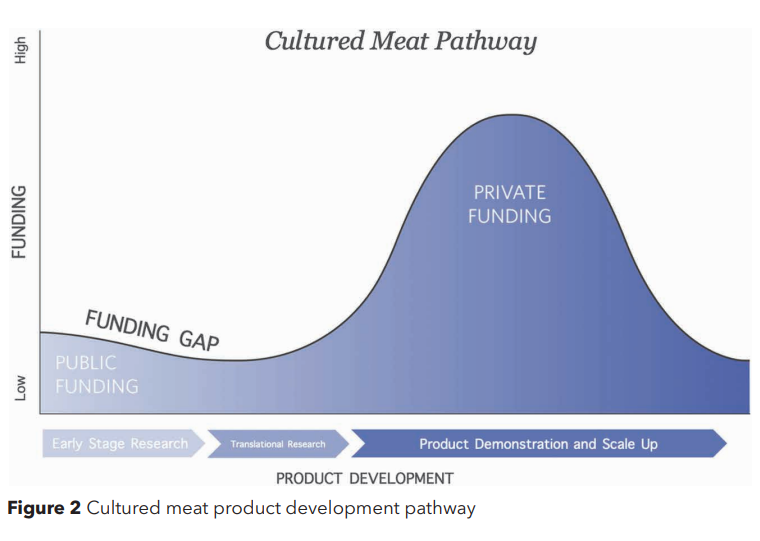- Overview
- Summary
- Funding
- Cite This Publication
Overview
Who: Hanna L. Tuomisto, Scott J. Allan, Marianne J. Ellis
Published: December 10, 2022
Where: Science of the Total Environment
Key Takeaway: The environmental impact of cultured meat production is primarily due to the impact of culture media production. However, improving cellular function may be the most effective way to reduce the overall environmental impact.
Research Topics:
Summary
Hanna Tuomisto et al. perform a life cycle analysis of cultured meat production in state-of-the-art bioreactors to determine how its energy use can be reduced. They assume a hollow fiber bioreactor is used for cell growth and differentiation. They also vary assorted process parameters such as energy source, cell type and behavior, and media formulation to assess several production scenarios. Tuomisto et al. find that culture media production has the highest contribution to the overall environmental impact of cultured meat production, yet the highest reduction in environmental impact is achieved by improving cellular metabolism and yield. Nevertheless, they show that cultured meat generally has less environmental impact than conventional meat, though they suggest its impact can be reduced by improvements in cell culture and incorporation of more efficient, renewable energy sources.
Written by Morgan Ziegelski
Cite This Publication
Tuomisto, H. L., Allan, S. J., & Ellis, M. J. (2022). Prospective life cycle assessment of a bioprocess design for cultured meat production in hollow fiber bioreactors. Science of The Total Environment, 851, 158051. https://doi.org/https://doi.org/10.1016/j.scitotenv.2022.158051
You Might Also Like...

Cultured meat: creative solutions for a cell biological problem
Andrew J. Stout, David L. Kaplan, and Joshua E. Flack






